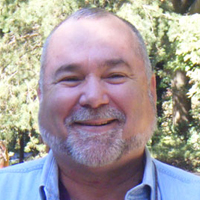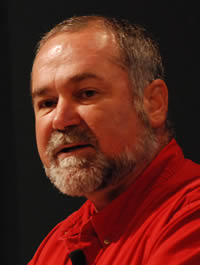
The “Open Source Everything” (OSE) meme is not new — I'm just the first person to put it into a strategic context and bring it all together in a book, THE OPEN SOURCE EVERYTHING MANIFESTO: Transparency, Truth & Trust (2012).
Below are a few of the leading online posts in this area. OSE is a cultural shift, and the primary attribute of Epoch B panarchic self- and hybrid-governance.
Drupal: Open Source Everything (24 Slides)
EVENT: Open Source Bridge (26-29 July 2012, Portland OR)
EVENT: Open World Forum (11-13 October 2012, Paris FR)
Open Source Everything (100 Free Open Courseware, 2008)
Open Source Everything (Doug Rushkoff, 2008)
Open Source Everything (BSL Blog, 2007)
Open Source Everything (Spiritual Link, 2006)
Open Source Everything (Electrical, Graphic, 2011)
OPEN SOURCE EVERYTHING, EVEN PUNK ROCK (Heather Haley, 2012)
Open Source Everything – Including Cars (2009)
Open Source Everything Project
Open Source Everything (Public Sphere Project)
Open Source Everything Simulator- coders and artists (Physics, 2010)
Open Source Open World (Large Graphic, 2010)
Open Source University, Open Source Civilization (TED Blog, 2012)
The Next Paradigm Shift: Open Source Everything (A Wright, 2008)
VIDEO: Open Source Everything (CalTech, 2009)
Ben Fry, co-founder of Processing and director of Seed Phyllotaxis Lab and�Carlos Ulloa, founder and creator of Papervision3D and HelloEnjoy talk about their software as well as their views on the future of open source and collaboration.






